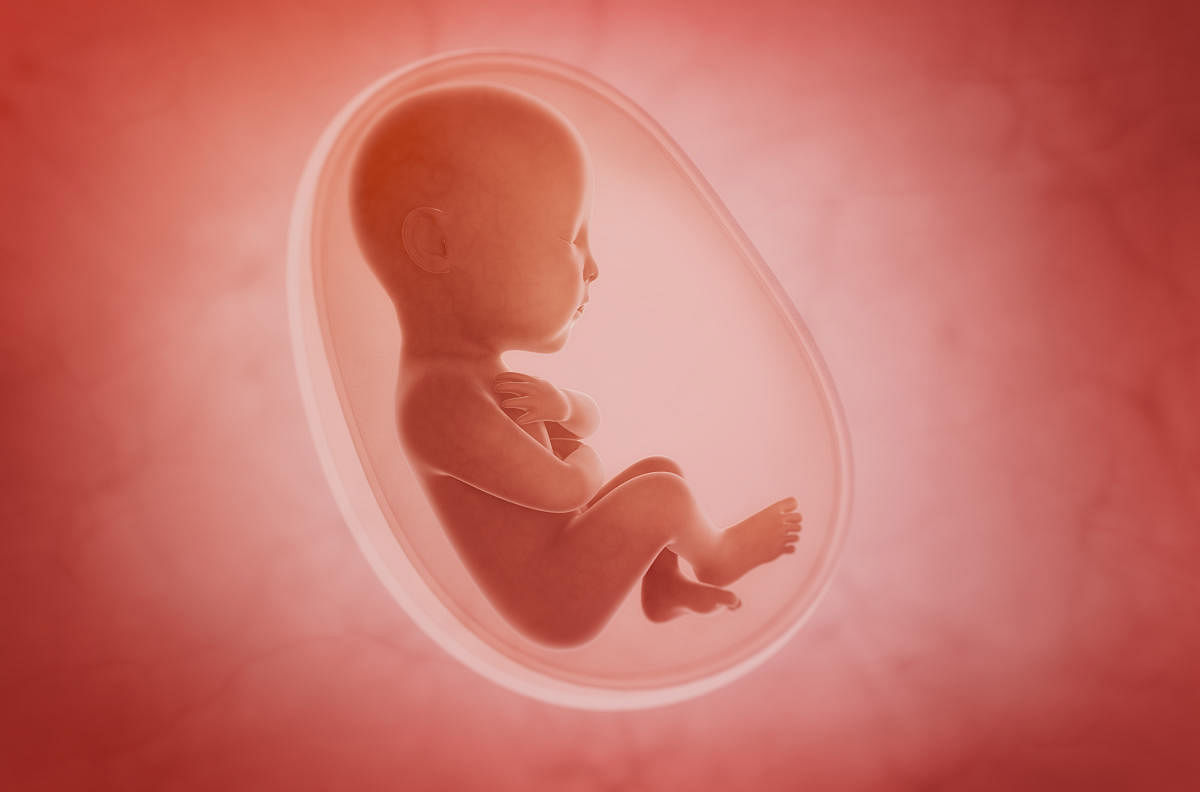The sharp surge in the number of caesarean deliveries in India over the past 25 years is reason for concern. According to the World Health Organisation (WHO), 10-15% of all deliveries require a C-section because of medical complications. However, in India, an average of 18% of all births is via C-section deliveries. A study published in a recent issue of The Lancet, a respected medical journal, says that in 1992-93, only 2.6% of all births in India were through caesarean deliveries. This increased to 7.1% in 1998-99, 9% in 2005-06 and to 18.1% in 2015-16. Thus, while C-section deliveries were underused even up to 2005-06, they were overused in India 10 years later. Both underuse and overuse of C-section deliveries are reason for concern. Not to resort to them when they are medically required as during prolonged labour, placenta abnormalities, chord prolapse, distress of the foetus, etc., could result in the death of the baby or the mother or both. A caesarean delivery in these cases is life-saving. But overuse of C-sections is dangerous. This is a surgery and requires the right infrastructure, trained personnel and clean surroundings. If done at a clinic which does not have such facilities, it could result in death. Even in a well-equipped hospital, a C-section provides no medical benefits and could result in death of the mother and child.
In India today, hospitals and doctors are resorting excessively to C-section deliveries. Pregnant women sometimes ask for this as they fear labour pains. But also, doctors and hospitals prefer C-sections as they can charge the patient more for the surgery, use of the operation theatre, room charges, follow-up treatment, etc. C-sections are good for business, and the greed for larger profits underlies the sharp surge in such deliveries in India. A state-wise brpriveakdown of figures for C-section deliveries is reason for alarm. In Telangana, of all births between 2011 and 2016, 58% were through caesarean deliveries. Only 23% of these required a C-section. As for Karnataka, 24% of all deliveries were C-sections although only 10% required it.
It is time that the government intervened to ensure that delivery through C-section is not misused. Data shows that more than government hospitals, it is private medical facilities that are turning to C-section deliveries frequently and when not required. This needs monitoring. Hospitals must be required to make public data regarding the number of C-sections that are being done, and the decision-making process in these cases. Importantly, all medical facilities must be required to inform their patients that caesarean births that are not medically required could prove fatal, or, at the very least, women who undergo them take a longer time to recover.
